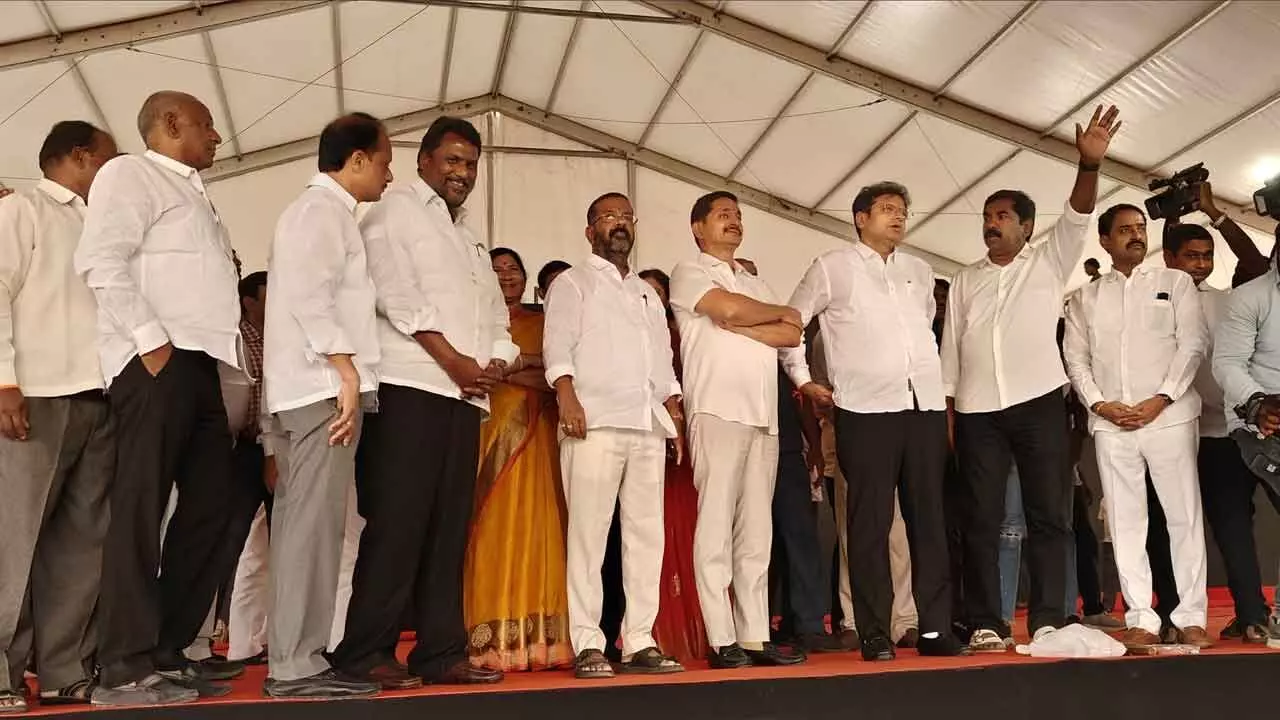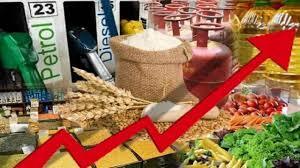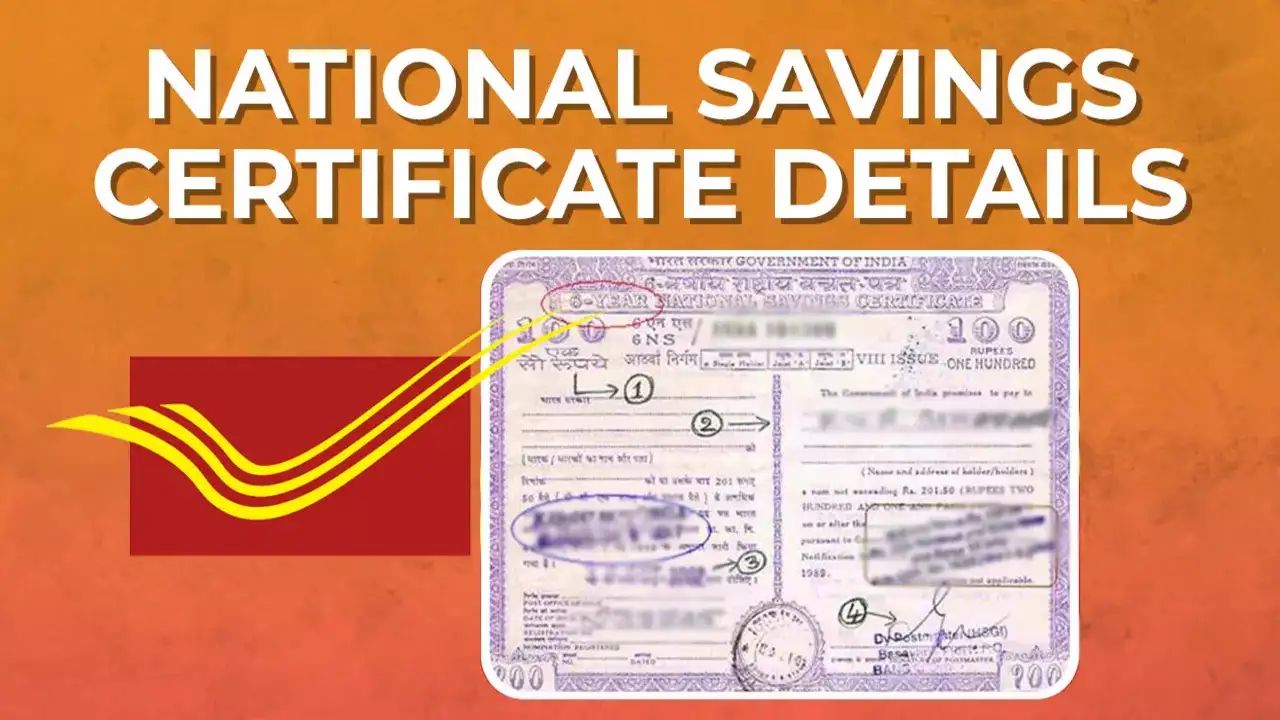The Praja Palana Vijayotsavalu (Governance Success Celebrations) is a significant initiative undertaken by governments to reflect upon, celebrate, and share the impact of their governance and welfare schemes with the public. It serves as an opportunity to showcase how policies and programs are transforming lives while also engaging directly with citizens to highlight the effectiveness of governance.
Key Objectives of Praja Palana Vijayotsavalu
- Public Awareness: To inform citizens about government programs, their benefits, and how they can access them.
- Feedback Collection: Engaging with beneficiaries to gather feedback for better implementation and refinement of schemes.
- Transparency: Demonstrating accountability in governance by showcasing achievements.
- Celebrating Success: Honoring the collective efforts of policymakers, officials, and beneficiaries in building a better future.
Government Schemes Highlighted
During these celebrations, governments focus on a range of welfare schemes that cater to various sectors, including healthcare, education, agriculture, employment, and infrastructure. Below are some flagship programs that have become integral to these celebrations:
1. Healthcare Initiatives
- Aarogyasri Health Scheme: This initiative ensures universal access to quality healthcare by providing free treatment for critical illnesses to low-income groups. It has saved countless lives and reduced financial burdens on families.
- Ambulance Services (108/104): These emergency medical services ensure quick access to healthcare facilities, especially in rural areas.
- Vaccination Drives: Special programs for immunization, including COVID-19 vaccination campaigns, are recognized for their large-scale success.
2. Education and Skill Development
- Amma Vodi (Mother’s Lap): A scheme that provides financial support to mothers to send their children to school. It has increased school enrollment and reduced dropout rates significantly.
- Free Textbooks and Midday Meals: Initiatives to ensure quality education and nutrition for students, particularly in government schools.
- Skill Development Missions: Programs aimed at empowering youth with industry-relevant skills, enhancing their employability.
3. Agriculture and Farmer Welfare
- Rythu Bandhu (Farmer’s Friend): A direct income support scheme providing financial assistance to farmers before each cropping season, ensuring they don’t fall into debt.
- Irrigation Projects: Large-scale irrigation infrastructure developments have improved water availability for farming, increasing agricultural productivity.
- Subsidized Seeds and Fertilizers: Programs to reduce input costs and promote sustainable farming practices.
4. Social Security
- Pension Schemes: Monthly pensions for senior citizens, widows, and differently-abled individuals ensure financial stability and dignity.
- Housing for All (PMAY): Affordable housing schemes aimed at providing a roof over every head, especially for economically weaker sections.
- Cheyutha and Asara: Targeting women and marginalized groups, these schemes promote self-reliance through financial assistance and skill-building.
5. Employment and Economic Growth
- NREGA (National Rural Employment Guarantee Act): A flagship program providing 100 days of guaranteed work to rural households, reducing unemployment.
- Industrial Development Policies: Encouraging investments in industries to create jobs and boost the economy.
6. Infrastructure Development
- Roads and Connectivity: Projects aimed at improving rural and urban connectivity have boosted trade, employment, and accessibility to essential services.
- Smart Cities Mission: Transforming urban landscapes through modern infrastructure, technology, and sustainable practices.
Public Participation and Impact
During the Praja Palana Vijayotsavalu, events are held in cities, towns, and villages where beneficiaries share their experiences. These stories highlight the transformative power of welfare programs and inspire others to participate. Cultural performances, exhibitions, and interactive sessions are also organized, making the celebrations both informative and engaging. Governments leverage this opportunity to not only celebrate success but also identify gaps in implementation. Public feedback is instrumental in fine-tuning policies, ensuring inclusivity, and addressing regional disparities.
Conclusion
The Praja Palana Vijayotsavalu is more than just a celebration; it is a reaffirmation of the government’s commitment to public welfare. By showcasing the tangible benefits of various schemes, these events foster trust and accountability. They also reinforce the notion that good governance is about empowering citizens and building a society where everyone has equal opportunities to thrive. Through continued efforts, such initiatives can pave the way for a more inclusive and prosperous future.




